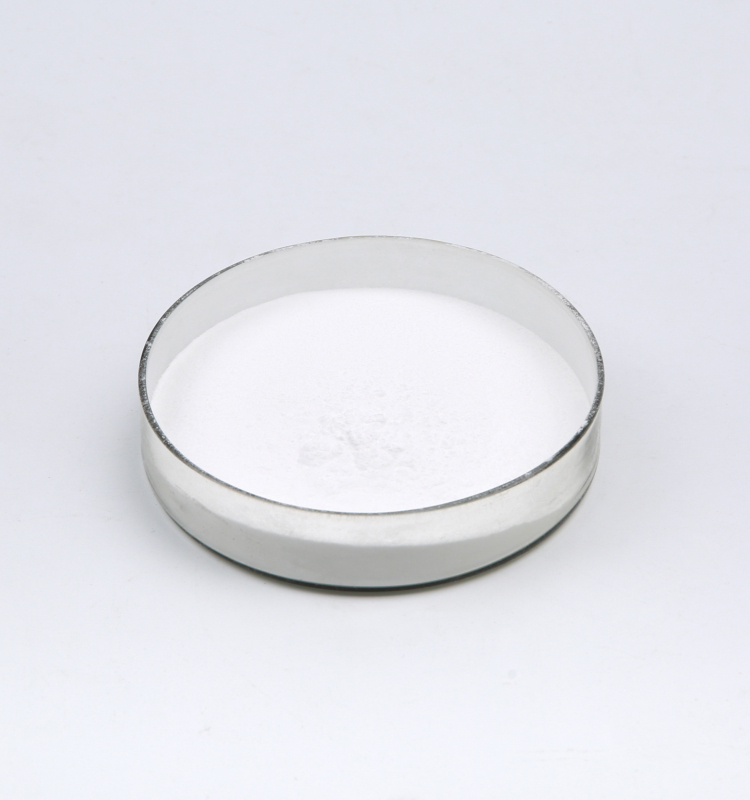Calcium stearate, a member of the metallic stearates family, is a naturally occurring fatty acid, commonly known for its waxy texture and distinctive soap-like properties. It comprises two stearic acid compounds and a calcium ion. The scientific community identifies it by its Chemical Abstracts Service (CAS) number 1592-23-0. Due to its beneficial properties, it serves a crucial role across a multitude of industries including pharmaceutical, food, plastics, and cosmetics.
Chemical Properties
Chemically, calcium stearate (C36H70CaO4) appears as a white-to-yellowish powder with a slight, characteristic odor. It is water repellent, non-toxic, and can withstand high temperatures, making it an excellent choice for various industrial applications. It’s also insoluble in most solvents but disperses in hot pyridine. Being anionic, it exhibits soap-like characteristics, contributing to its extensive use as a surfactant.
Manufacturing Process
it is typically produced by heating stearic acid and calcium oxide or calcium chloride over 150-200°C, a process known as direct (fusion) process. Alternatively, it can also be produced through the indirect (precipitation) process, which involves reacting sodium stearate with a calcium salt.
Applications
In the food industry, calcium stearate acts as an anti-caking agent, preventing ingredients from clumping together. This quality is crucial for products like spices, baking ingredients, and dry mixes. It also serves as a dough strengthener, improving the texture and quality of baked goods. Calcium stearate is generally recognized as safe (GRAS) by the FDA, allowing its widespread use in food applications.
The pharmaceutical industry employs calcium stearate as a lubricant in tablet and capsule production. It prevents the medicinal compounds from sticking to the equipment, ensuring efficient production while maintaining the integrity of the pharmaceutical product. Additionally, its moisture-absorbing qualities prevent degradation of the medicines.
Calcium stearate finds extensive use in the cosmetics industry as a stabilizer and thickener in beauty products like skin creams, lotions, and makeup. It ensures product consistency and enhances shelf-life by resisting moisture absorption. The compound is preferred due to its non-toxic and hypoallergenic properties.
In the realm of plastics and rubber, calcium stearate functions as a powerful release agent and lubricant. It facilitates the seamless removal of the final product from the mold, improving manufacturing efficiency. Furthermore, its heat-stabilizing characteristics make it an invaluable additive in PVC production.
As a hydrophobic compound, calcium stearate imparts water resistance to concrete, enhancing its durability. It’s used to manufacture water-repellant building materials, contributing to the longevity of structures.
Safety and Environmental Concerns
While calcium stearate is generally safe and non-toxic, its environmental impact warrants consideration. Although the compound is not classified as a hazardous substance, it does not readily biodegrade, potentially contributing to environmental accumulation. More research is needed to ascertain its long-term effects on the environment.
Conclusion
Calcium stearate, a seemingly simple compound, holds immense significance in multiple industrial sectors due to its diverse properties. Whether improving the texture of our foods, facilitating pharmaceutical production, enhancing the quality of cosmetics, or ensuring durable plastic and concrete, calcium stearate’s role is undeniably essential. While its current applications are extensive, ongoing research continues to explore new potentials for this versatile compound. Nonetheless, like all substances, responsible use is critical to minimize its environmental footprint.

